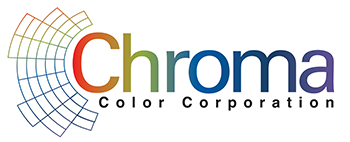Increasing every year are the diversity and number of plastic products used in the building and construction industry. Plastic products in this market include cables/conduit, cladding, windows/doors, protective and decorative shutters, pipes/plumbing, gutters, architectural roof tiles, wall coverings, decking, siding, flooring, sinks/bathtubs, industrial fabrics, irrigation, drainage, heavy equipment components, power tool housings, hand tools, port-a-potties…the list goes on.
Why Plastic?
Plastic products are durable, corrosion resistant, lightweight, and offer an excellent strength-to-weight ratio. Plastic building products perform well in harsh environments, such as in salty coastal regions, extreme hot/cold climates, extreme wet/dry climates, high UV (ultraviolet) exposure, and more.
Typical plastic resins types that are used in construction include: polycarbonate, polyethylene, polypropylene, TPO, polyvinyl chloride (PVC), acrylic, ASA, ABS, acetal, nylon, polyurethane, and a variety of composites.
Although these products perform as promised, adding color delivers the aesthetics desired by the brand or consumer, identifies them for specific usage (color-coding), and in many cases defines the application.
You may be familiar with the fact that plastic pipe and conduit are color coded by their end use application, such as:
Blue = Potable Water
White = Irrigation and Water
Green = Sewer
Purple (Lavender) = Reclaimed Water,
Gray = Electrical Conduit
Orange = Telecommunication, conduit
Yellow = Natural Gas (methane or propane) oil
Red = Electric Power Lines, Lighting Cable
Coloring Plastic Building Products:
One of the biggest challenges related to coloring plastic building products is accurately matching the desired color in the specific resin to be used. To ensure the specific color can be achieved and the performance attributes are met, it is critical to establish a partnership with your color & additives supplier early in the development process. The colorant supplier will consider the unique resin, color and performance requirements as they formulate for the application. Each resin is unique (viscosity, melt processing temperatures, natural resin color, etc.) and your color supplier will be able to assist with critical application decisions from the onset regarding the carrier resin, pigment systems, stabilizers and other additives.
After the resin has been clearly established, your conversation may move to color selection. Typically, your supplier will have color sample chips or Pantone color charts to pinpoint the desired color for each plastic product or part.
During this selection process, colors may look different depending on gloss, grain, filler, resin type, light sources, and other factors. For example, in high UV environments, colors such as red, orange, and yellow typically fade faster than darker colors such as blue or green. Knowing this in advance allows the color supplier to choose high performance pigments that are more-light stable than typical workhorse pigments.
As you are developing unique aesthetics, custom colors, or establish new performance standards for your products, You can count on color concentrate suppliers such as Chroma Color Corporation to help you choose the best options for your application and to help separate you from your competitors.
Contact us today: https://chromacolors.com/contact-us/

